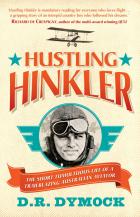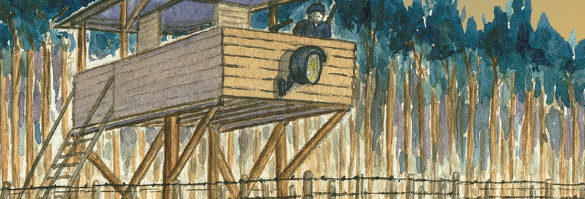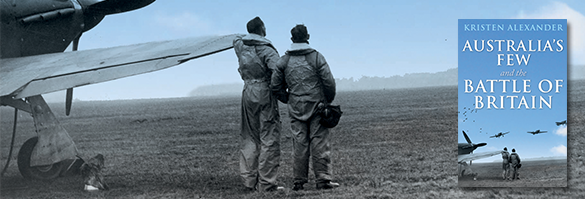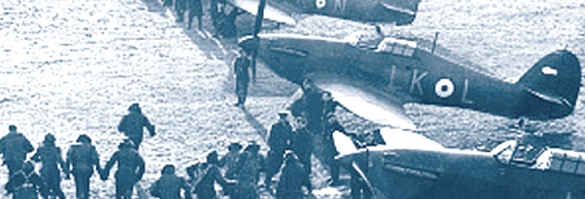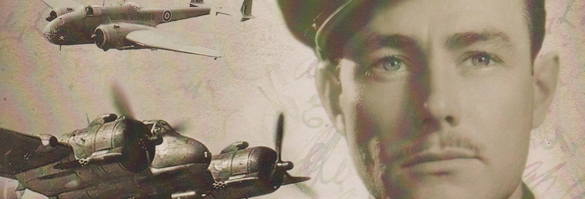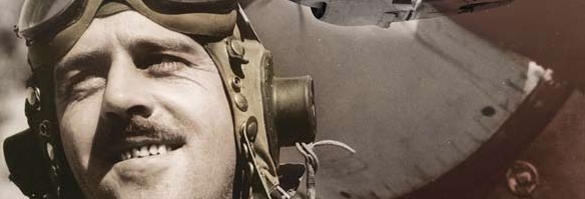D R Dymock. Hustling Hinkler. The short tumultuous life of a trailblazing Australian aviator.
Everyone knows the story of Bert Hinkler, the first to fly solo from England to Australia. Or they think they do. They certainly don’t know it in detail and many would be surprised at the extent of his complicated personal life. In Hustling Hinkler, Darryl Dymock reveals the life and career of the Australian aviation pioneer who had been captivated by flight from boyhood. Bert Hinkler built his first plane while still a teenager and he dedicated his life to flying and aerial adventure even at the expense of a proper job and financial security.
I am not particularly keen on ‘creative non-fiction’, where the narrator purports to know exactly what someone is doing and thinking, even when that is unknowable, such as during Hinkler’s last hours. Dymock’s prologue opens with this technique but the main work is more soundly based, drawing on a wide range of source material including Hinkler’s unpublished ‘Eighteen Years of Flying: dips into my diary’, and letters to his mother.
Dymock is selective with quotes, weaving them into the narrative rather than chunking them in, and they reveal much about Hinkler’s vibrant personality and humour, including his interesting turns of phrase and flexible spelling. Hustling Hinkler is pitched towards the broader reading public rather than the technically minded aviation enthusiast. The title, subtitle and back cover blurt ‘part adventure, part mystery and part tragedy ... the unforgettable story of Bert Hinkler’s astonishing life’ all attest to this. Nevertheless, Dymock’s research is transparent with decent endnotes and a thorough bibliography, demonstrating that popular history can be well grounded.
One chapter deals with Hinkler’s military service and Dymock highlights how his letters home are at odds with the mayhem of battle. Part of this belongs to the tradition of not worrying your people about the dangers of warfare. But it is partly because, to him, military service was the ends to the means of learning to fly and, even as an observer, he was closer to his goal and the prospect thrilled him. From observer to air gunner, and being awarded the Good Conduct Badge 1st Class and the Distinguished Service Medal for his part in sinking a German light cruiser. He had just about given up hope of qualifying for a pilot’s licence with the Royal Naval Air Service when he was recommended for pilot training. He received his wings in July 1918.
The bulk of this biography covers Hinkler’s flying achievements but Dymock does not write about Hinkler in isolation. He touches on the international brotherhood of the air which developed almost from the beginning of powered flight. He highlights the rapidly changing aviation world. Records fell almost as soon as they were made, better aircraft were constantly being developed, and new gimmicks were needed to maintain public interest.
Hinkler gained his fame for his first solo flight from England to Australia but failed to find a place in aviation the aviation industry despite public acclaim. His ambitions fell in the face of technological change and public fickleness as much as through his belief that he could walk into a position without formal qualifications or current industry experience. Dymock emphasises the fleeting nature of Hinkler’s fame, signified by the demise of ‘Ibis’, the monoplane he designed in 1930, which was abandoned and then languished for years before being scrapped in 1959, ‘without ceremony, and due recognition of its significant place in Bert Hinkler’s heart and history’.
Dymock has produced a competent, well-written, engaging and accessible biography, where the research has been seamlessly integrated. Too much technical detail can bamboozle and it is to Dymock’s credit that he never allows necessary explanations to affect his pacy narrative. Maps of the flights would have been helpful but Dymock has almost made up for their absence by including modern place names along with the 1920s/30s names. The selection of photos is good, if a little sparse, but perhaps this is explained by the fact that Hinkler’s fame and thus interest as a photographic subject only lasted five years.
I enjoyed Hustling Hinkler and recommend it as a ‘good read’ and sound biography.
